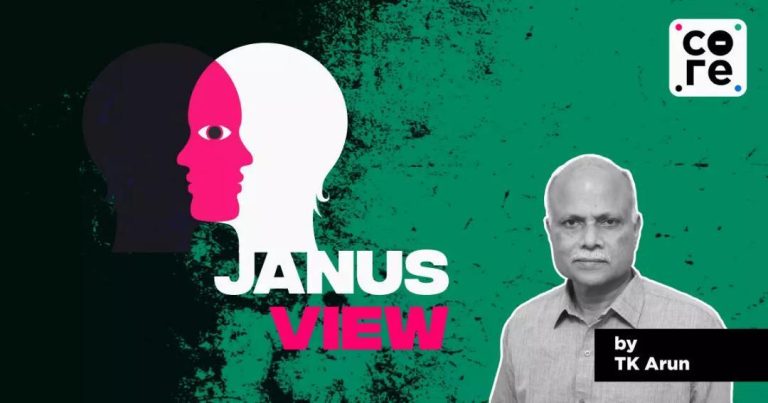
How accurate were Delhi exit polls predictions in 2015 & 2020?
Exit polls have become an integral part of the election process in India, providing a glimpse into the possible outcome of the elections even before the actual results are announced. However, the accuracy of these exit polls has been a topic of debate in recent times. In this blog post, we will delve into the accuracy of Delhi exit polls predictions in 2015 and 2020.
The 2015 Delhi Assembly elections saw the Arvind Kejriwal-led Aam Aadmi Party (AAP) facing off against the Bharatiya Janata Party (BJP) and the Indian National Congress (Congress). According to exit polls, AAP was expected to secure 45 seats, while BJP was predicted to win 24 seats and Congress was expected to win just one seat. However, the actual results turned out to be a major upset, with AAP winning a whopping 67 seats, leaving BJP with just three seats and Congress with none.
The accuracy of these exit polls was a subject of discussion and debate, with many experts and analysts questioning the methodology and sample size used to conduct these polls. The exit polls had predicted a close contest between AAP and BJP, but the actual results showed a landslide victory for AAP.
Fast forward to the 2020 Delhi Assembly elections, and the exit polls predicted a similar outcome. According to exit polls, AAP was expected to win 54 seats, while BJP was predicted to win 15 seats. However, the actual results saw AAP winning 62 seats and BJP winning eight seats.
Once again, the exit polls had failed to accurately predict the outcome of the elections, raising questions about the reliability of these polls. But what went wrong? Let’s take a closer look at the methodology and sample size used to conduct these exit polls.
In both 2015 and 2020, the exit polls were conducted by various organizations, including C-Voter, ABP News, and India Today-Axis My India. These polls involved surveying a sample of voters who had cast their votes, asking them about their voting preferences and other related questions.
However, the sample size and methodology used to conduct these polls have been criticized by many experts. For instance, the 2015 exit polls had a sample size of just 25,000 to 30,000 voters, which is a relatively small sample size considering the size of the Delhi electorate. Similarly, the 2020 exit polls had a sample size of around 30,000 to 40,000 voters.
Furthermore, the exit polls have also been criticized for their biased sampling methods. For instance, some surveys have been accused of oversampling certain demographics or regions, which can lead to inaccurate predictions.
In addition, the exit polls have also been criticized for their failure to account for factors such as voter turnout and the impact of last-minute campaign swings. In both 2015 and 2020, the actual voter turnout was higher than expected, which could have affected the outcome of the elections.
In conclusion, the accuracy of Delhi exit polls predictions in 2015 and 2020 has been questioned due to methodological flaws and sample size issues. While exit polls can provide valuable insights into the election outcome, they are not always accurate and should be taken with a pinch of salt.
Sources:






